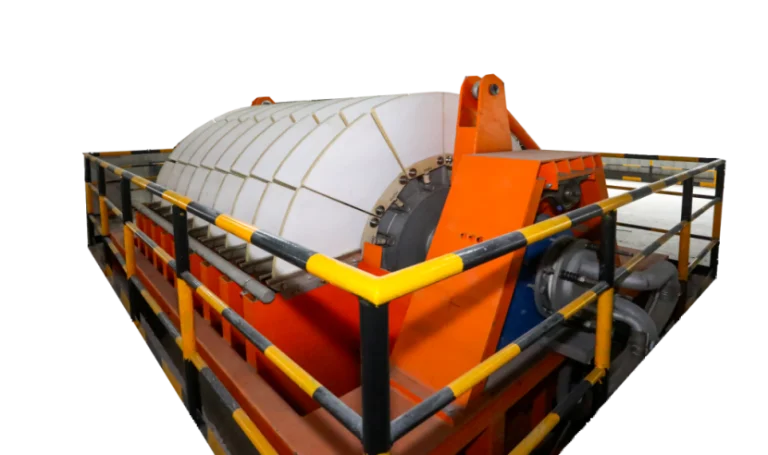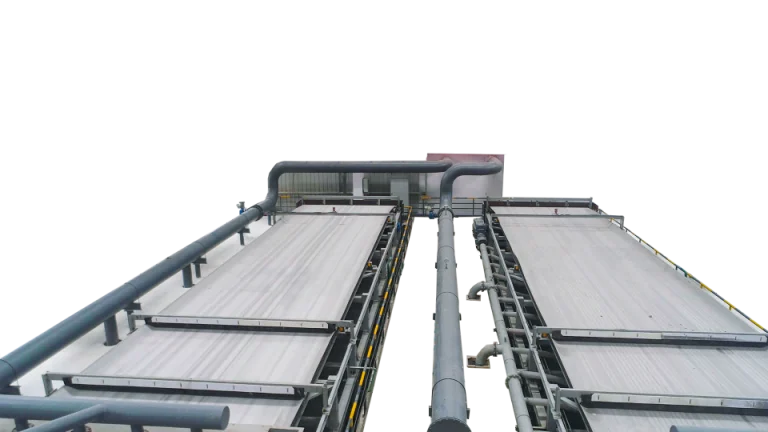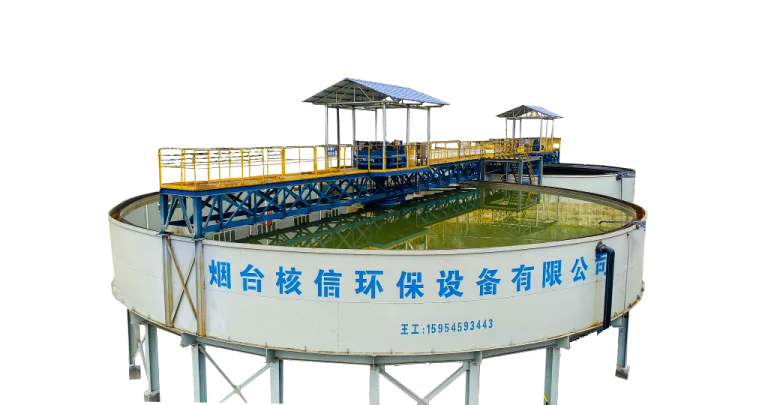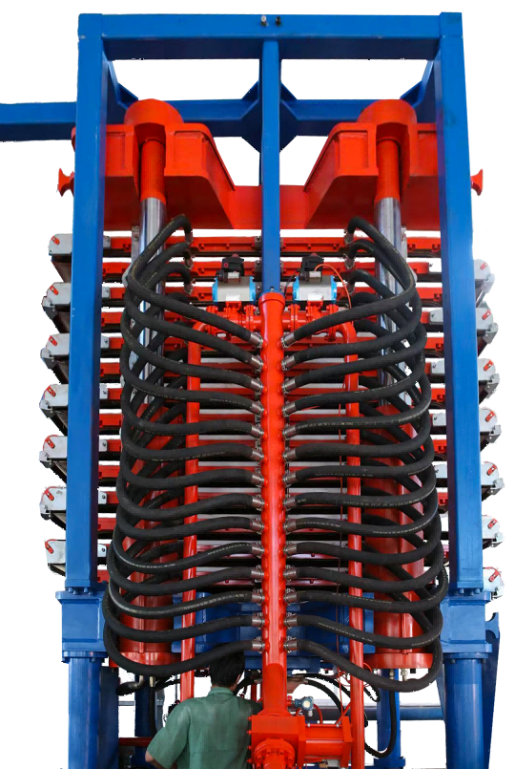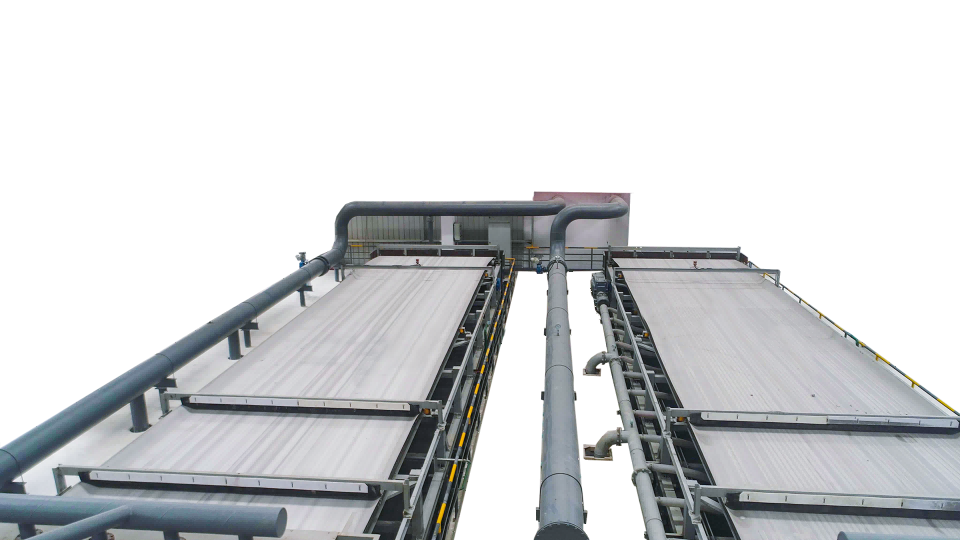
Advances in Belt Filter Design
Key Components of Modern Belt Filters
Belt filters have come a long way. They’re now super useful in industries like mining, chemical plants, and wastewater cleanup. The main parts are the filtration belt, rollers, vacuum system, and discharge setup. The filtration belt is the star. It handles solid-liquid separation. Made from tough synthetic stuff, it’s strong and resists wear. Rollers keep things moving smooth. They hold the belt tight. The vacuum system pulls water out by making a pressure difference. Discharge mechanisms clear out the filtered gunk fast and clean.
Each part’s design matters. For example, belts need to handle rough slurries without tearing. Rollers must spin without jamming. The vacuum system has to be strong but not waste power. These pieces work together to make belt filters reliable for heavy-duty jobs across different fields.
Innovations in Material Selection for Enhanced Durability
Picking the right materials boosts belt filter life. New synthetic fabrics are game-changers for filtration belts. They’re super tough and stand up to chemical damage. This means they last longer. They also work better with gritty or harsh slurries. Structural parts now use corrosion-resistant alloys too. These hold up in tough settings like acidic or salty environments. The result? Equipment that runs longer without breaking down, even in the roughest conditions.
These material upgrades aren’t just about toughness. They make filters more efficient. Stronger belts mean less downtime for replacements. Corrosion-proof parts cut repair costs. It’s a win for both performance and budgets in industries that rely on steady filtration.
The Role of Automation in Belt Filter Operation
Automation is a big deal for belt filters. It makes them smarter and easier to run. Systems now tweak things like belt speed, vacuum pressure, and cake thickness on the fly. This keeps filters working great, no matter the job. It also saves energy and cash. Automated cleaning setups are another perk. They keep belts clear of clogs without workers scrubbing by hand.
Automation cuts human error too. Sensors and controls catch issues fast. They adjust settings to keep things steady. This means less waste and better results. For industries handling messy or changing slurries, automation is like having a pro on duty 24/7.
Emerging Technologies in Belt Filtration
Integration of Smart Sensors for Real-Time Monitoring
Smart sensors are changing the game. They track stuff like slurry flow, cake wetness, and filtrate clearness in real time. This data goes straight to operators or control systems. It helps keep quality steady. It also spots problems before they get big. For example, a sensor might flag a clog early. That lets workers fix it quick, avoiding downtime.
These sensors don’t just watch. They improve decisions. Operators can tweak settings based on live info. This keeps filters running at their best. It’s a must for industries like wastewater treatment, where conditions shift fast.
Application of AI and Machine Learning in Filtration Processes
AI and machine learning are shaking things up. They make belt filters smarter. AI looks at past data to predict when parts might fail. This lets workers fix stuff before it breaks. Machine learning tweaks settings like belt speed or vacuum pressure. It bases these changes on the slurry’s traits. This cuts waste and boosts efficiency.
These techs also save time. Instead of guessing, systems learn what works best. They adapt to new slurries without manual tweaks. For industries like mining, where every minute counts, this is a huge deal.
Development of Energy-Efficient Belt Filters
Saving energy is a top goal. Belt filters now use low-friction parts and better vacuum systems. These cut power use without hurting performance. Energy-efficient motors help too. Some designs even tap solar power. This shrinks their carbon footprint big time.
Energy savings aren’t just green. They save money. Lower power bills mean more profit. For industries running filters non-stop, like chemical plants, these upgrades are a no-brainer. They keep costs down while keeping the planet happy.
Enhancements in Belt Filter Performance
Optimizing Cake Moisture Reduction Techniques
Dryer cakes mean better results. Modern belt filters use stronger vacuum systems. These pull more water out with higher pressure. Advanced polymer conditioning helps too. It clumps particles better before filtering. This makes water removal faster and cleaner.
These tricks don’t just dry cakes. They save cash downstream. Less water in cakes means less energy for drying or transport. It’s a big win for industries like mining, where every drop counts.
Improving Solids Recovery Efficiency
Catching more solids cuts waste. New filter belts have tiny pores. They grab more particles without slowing down. Advanced controls keep things steady, even if the slurry changes. This means more stuff gets recovered, not tossed.
High recovery rates are key for green goals. Less waste means less landfill junk. It also saves resources. Industries like food production love this. They get more product and less mess.
Advanced Polymer Conditioning Systems
Polymers make slurries easier to filter. New systems dose them smart. They check the slurry live and adjust polymer levels. This makes cakes form better. It also uses less polymer. That saves money.
These systems are a big leap. They make filters more reliable. They cut costs without skimping on quality. For wastewater plants, where budgets are tight, this tech is a lifesaver.
Environmental and Economic Benefits of Modern Belt Filters
Reducing Water Consumption Through Efficient Filtration
Belt filters are water savers. They split solids and liquids super well. This lets industries reuse water. It’s huge for mining or wastewater treatment. These fields use tons of water. Efficient filters mean less fresh water needed. That’s good for the planet and wallets.
Reusing water also cuts costs. Industries don’t need to buy or treat as much new water. It’s a simple way to run leaner and greener. Plus, it helps meet tough environmental rules.
Lowering Operational Costs with High-Performance Systems
High-tech belt filters save cash. Energy-efficient motors and vacuum systems use less power. Tough belts last longer. Automated controls cut worker time. These add up to lower bills. They also stretch equipment life, so replacements happen less.
For industries like chemical processing, where filters run all day, these savings are massive. Less downtime and cheaper upkeep mean more profit. It’s a smart investment that pays off fast.
Minimizing Environmental Impact with Sustainable Practices
Green design is at the heart of new belt filters. Eco-friendly materials cut waste. Energy-saving tech lowers emissions. Recovering solids means less landfill trash. These steps shrink the environmental footprint.
Industries using these filters look good too. They meet green laws. They show they care about the planet. For companies in food or pharma, this boosts their rep with customers and regulators.
Future Trends Shaping the Belt Filter Industry
Adoption of Modular and Customizable Designs
Modular belt filters are hot. They let businesses scale up or down. Need more filtering power? Add a module. Need less? Take one out. Custom designs fit specific jobs. They include features for unique slurries or setups.
This flexibility is perfect for industries like pharmaceuticals. Their needs change fast. Modular systems keep up without big overhauls. They save time and money while delivering top results.
Increasing Demand for Compact and Mobile Filtration Units
Small, mobile belt filters are popping up. They’re easy to move and set up. That’s great for remote spots or short-term jobs. Think emergency wastewater cleanup or testing new processes. These units are quick to deploy and pack plenty of power.
Their size doesn’t skimp on quality. They use the same high-tech belts and controls as bigger models. For industries like mining in far-off places, these are a game-changer.
Focus on Long-Term Reliability and Maintenance Efficiency
Reliability is everything. New belt filters use corrosion-proof materials. Automated cleaning keeps them clear. Predictive maintenance tech flags issues early. These make filters last longer. They cut downtime too.
Maintenance is easier now. Designs let workers reach parts fast. Inspections and fixes take less time. For industries like wastewater treatment, where uptime is critical, this keeps things running smooth.
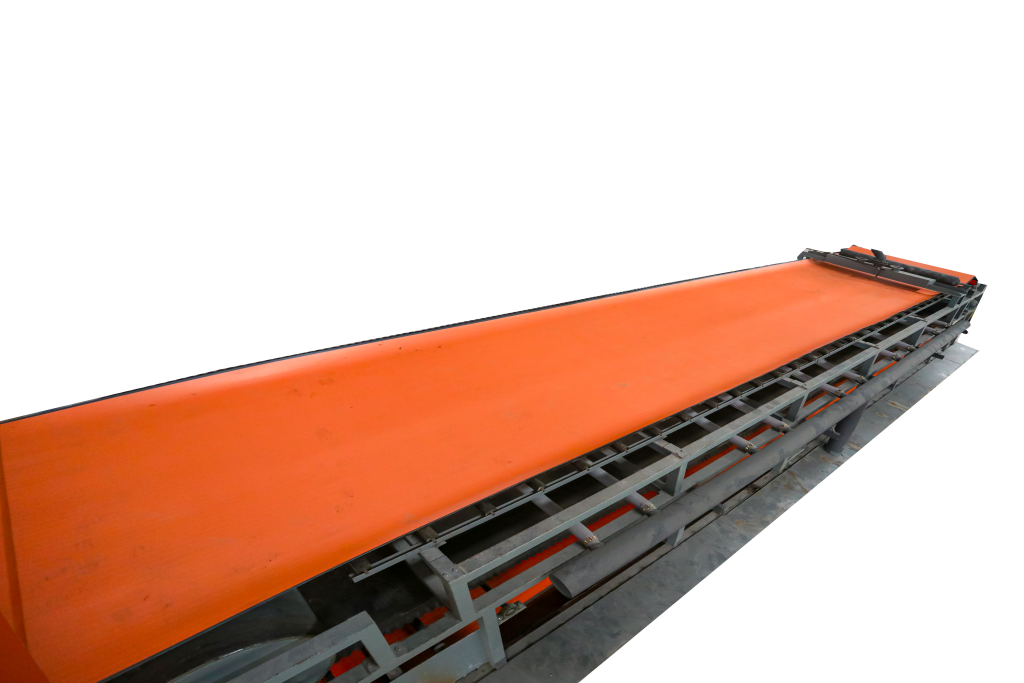
FAQ
What are the main benefits of using a belt filter?
They split solids and liquids well. They save water. They cut costs. They’re green for tons of industries.
How do modular designs benefit belt filter users?
They’re scalable. You can tweak them to fit your exact needs.
Why are compact belt filters becoming more popular?
They’re portable. They set up fast. They’re great for remote or temporary jobs.
What innovations improve the reliability of modern belt filters?
Tough materials, auto-cleaning, and predictive tech make them last.
Which industries benefit most from advanced belt filter systems?
Mining, chemicals, wastewater, food, and pharma get big wins.
Want to dive deeper into cutting-edge filtration? Reach out to Yantai Hexin Environmental Protection Equipment Co., Ltd. They’re in YEDA, Yantai City, Shandong. They make advanced belt filters. Their R&D team has over 20 years of know-how. They customize for all kinds of industries.

